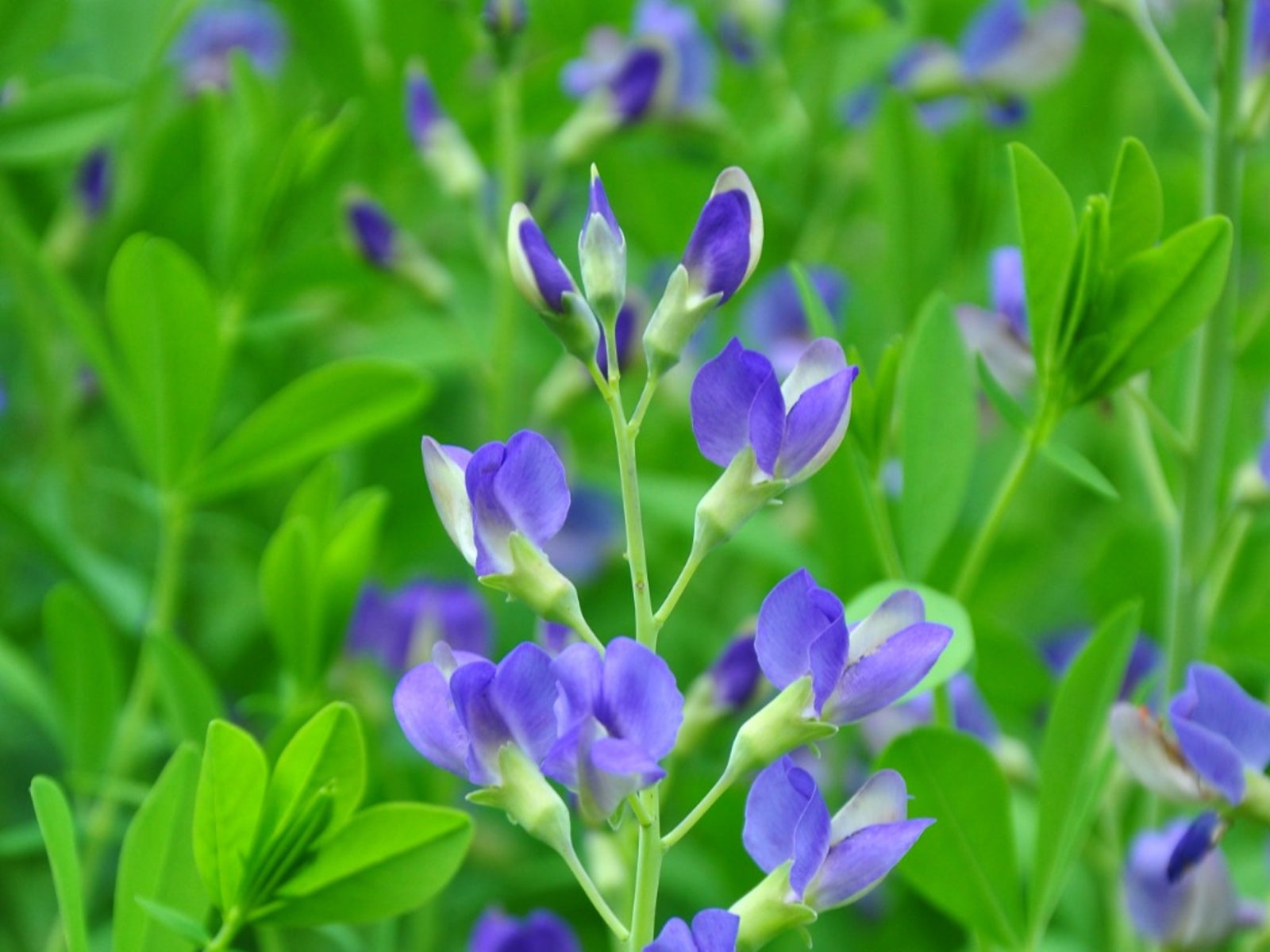Transplanting Baptisia Plants: Tips For Moving A Baptisia Plant


Baptisia, or false indigo, is a spectacular native wild flowering bush that adds lustrous blue tones to the perennial garden. These plants send out deep taproots, so you should give some thought to the location of the plant at installation because transplanting Baptisia plants can be tricky. If you already have a plant that needs to be moved, it can be quite an undertaking because the taproot may become damaged and the plant will suffer transplant shock. Here are a few tips on how to transplant Baptisia for an enhanced success rate. Timing is everything, as are the right tools and techniques.
Should You Try Moving a Baptisia Plant?
Baptisia is one of those easy to care for herbaceous perennials that attract beneficial insects, provide cut flowers, require little maintenance, and don't usually need to be divided. After about 10 years, some plants do get floppy at the center and it may make sense to try to divide the root mass. This can be quite tricky due to the fragile, fibrous root system and deep taproot. Transplanting false indigo or division attempts should be made in the earliest of spring when the soil is just workable. Most experts, however, don't recommend moving a Baptisia plant. This is due to the thick taproot and a wildly spread root system. Incorrect practices could result in the loss of the plant. In most instances, it is best to just let the plant abide where it is located and try management with pruning. If you are truly desperate to get your false indigo into another location, Baptisia transplanting should be undertaken with caution. Failure to get the majority of the taproot and a good portion of the fibrous root system will result in the inability of the plant to re-establish itself.
How to Transplant Baptisia
Baptisia can grow 3 to 4 feet (1 m.) tall and just as wide. This is a rather large bundle of sticks to try to move, so the best thing to do is cut some of the growth back in early spring to make the plant easier to manage. Avoid any new shoots that might be popping up, but remove the dead material for an easier form to wrangle. Prepare the new planting site by tilling the soil deeply and adding in organic plant material. Dig deeply and around the root ball of the plant carefully. Unearth as much root as possible. Once the plant is removed, trim any broken roots off with clean, sharp shears. Wrap the root ball in a moist burlap bag if there is any delay in Baptisia transplanting. As soon as possible, install the plant in its new bed at the same depth it was originally planted. Keep the area moist until the plant re-establishes.
Division of Baptisia
Transplanting Baptisia plants may not be the answer if you want the plant to be less woody and have more blooms. Transplanting false indigo will result in a plant the same size but division will create a slightly smaller plant for a few years and give you two for the price of one. The steps are the same as those for moving the plant. The only difference is that you will be cutting the root mass into 2 or 3 pieces. Use a clean sharp root saw or thick serrated knife to cut between the tangled roots. Each piece of false indigo should have plenty of healthy intact roots and numerous bud nodes. Replant as soon as possible into a prepared bed. Keep the plants moderately moist and watch for signs of distress. When new growth appears, use a high nitrogen fertilizer or dress around the root zone with compost. Use two inches of mulch over the roots to conserve moisture and prevent competitive weeds. The plants should establish in a couple of months and require less attention. Expect minimal blooms the first year but by the second year, the plant should be at full flower production.
Sign up for the Gardening Know How newsletter today and receive a free copy of our e-book "How to Grow Delicious Tomatoes".

Bonnie Grant is a professional landscaper with a Certification in Urban Gardening. She has been gardening and writing for 15 years. A former professional chef, she has a passion for edible landscaping.